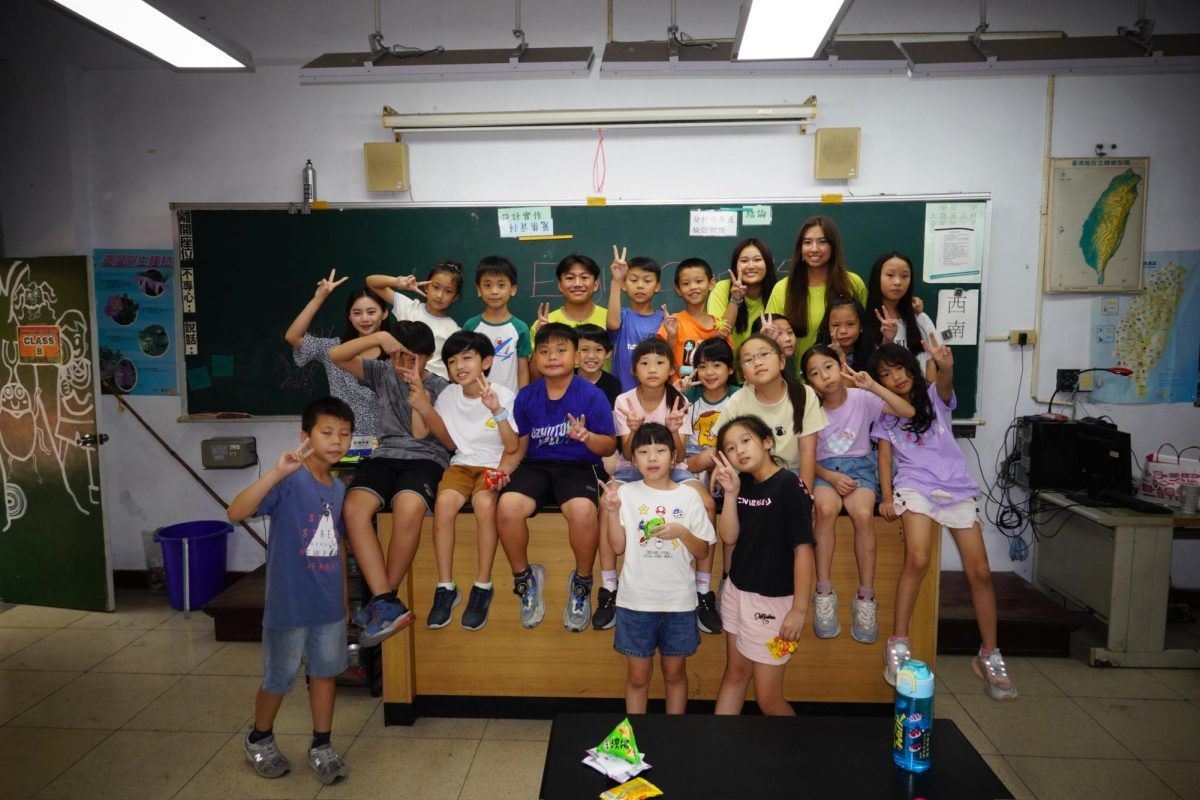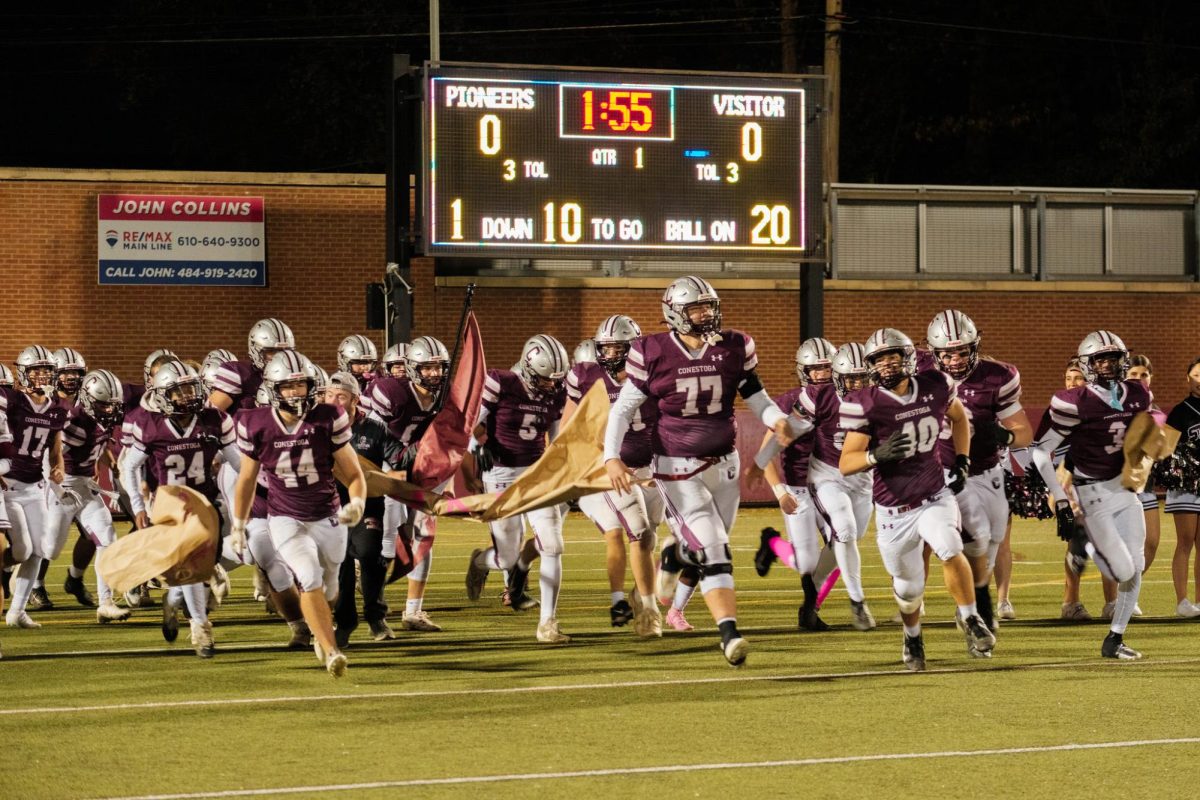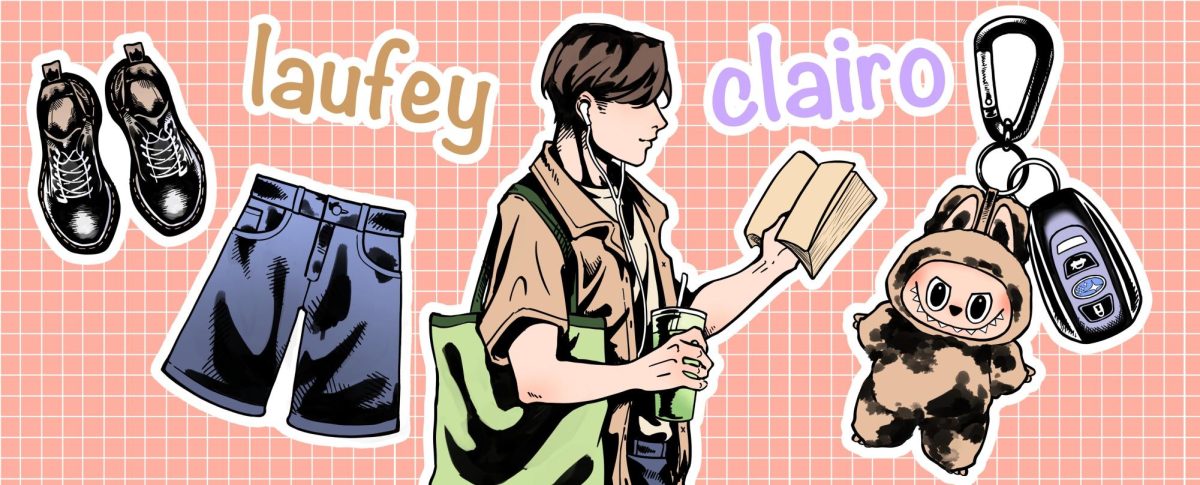By Umar Samdani, Co-Managing Editor
In modern education, textbooks are approaching extinction.
According to an academic study conducted by Researcher Jake Wakefield, weekly textbook usage in the high school classroom has declined by almost 10% for U.S. teachers. On the undergraduate level, average textbook spending by students declines by 7% yearly. Saving a mean of two hours poring over print material, most students are content with this change.
In an increasingly digital world, there’s good reason for textbook endangerment. With rapid advancements in nearly all fields of academia, it’s nearly impossible for printed material to relay up-to-date information. There’s also the added cost benefit: an economic survey by Erin Duffin indicates that, in total, $2.76 billion is invested by U.S. public schools on textbooks. Reallocating these funds for more modern, capable laptops, districts can assist the 82 percent of U.S. students using digital technology to facilitate their studying.
Rather than clinging to the textbook tradition, teachers should primarily utilize crafted notes, presentations and informational videos to run the classroom. With this model, instructors have enhanced flexibility, and can introduce the class to alternate perspectives the textbook overlooks. Armed with a holistic understanding, students can form educated opinions and offer insightful contributions to classroom discussion; a. A well-rounded class begets well-rounded students.
Contrary to popular belief, textbooks can also have political or cultural biases. Without a variety of sources, a textbook prejudice may unconsciously translate to student thinking. An article from the “New York Times” highlights this phenomenon, as two separate editions of the same publisher are presented to U.S. History students in California and Texas. While the California edition mentions positive effects of the Harlem Renaissance on African American history, the Texas edition makes no such references. Instilling a one-sided perspective to children under the facade of neutrality is not only condoning deception, but also exacerbating political polarization.
Indeed, a shift away from a familiar, comforting textbook seems like a daunting task. In particular, history and social science classes heavily rely on the text for assessments and class discussions. Furthermore, for content-driven AP classes, this dependence is rarely irrational: ensuring preparation for an AP exam requires an organized chapter structure. However, the educational value of an AP course stems from the process (collaborative student effort, intellectual conversation, and enhanced understanding of worldly affairs), not the end result (the single-digit score). By incorporating alternative PowerPoints and Youtube videos, teachers can increase class engagement and promote the value of intrinsic enjoyment.
Instead of actively fighting a nationwide decline in textbook usage, let’s welcome the long overdue transition with concise note packets and insightful primary sources. With proper deliberation, ancillary materials can aeffect positive academic change for years to come.
Umar Samdani can be reached at [email protected].





















































































